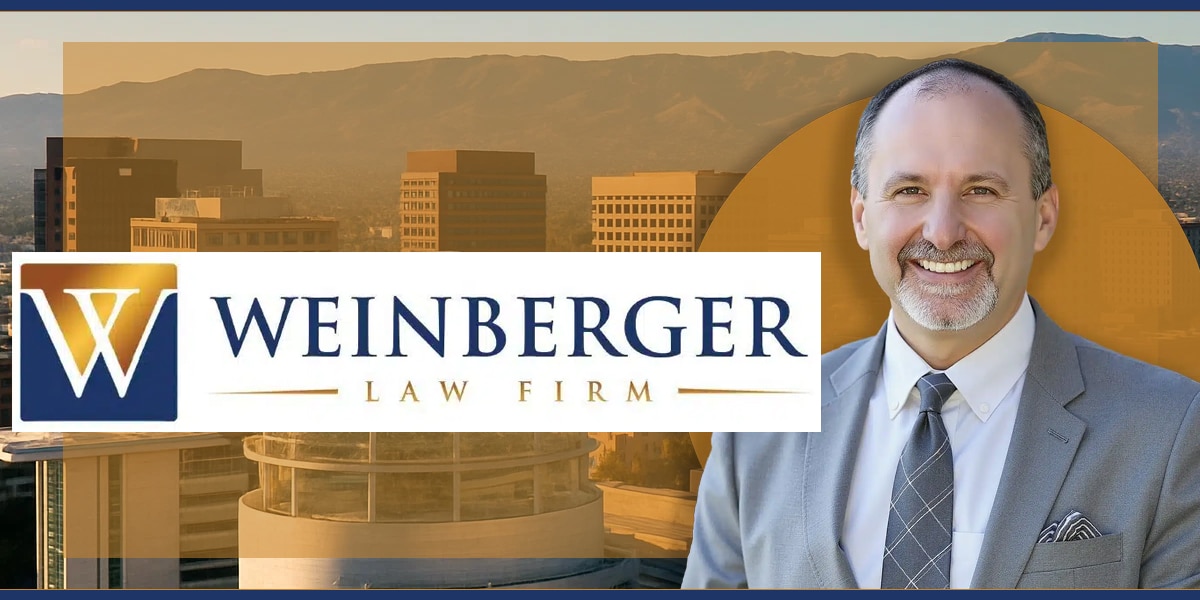Bus accidents can happen suddenly and often without warning, leaving those involved feeling shocked, confused, and vulnerable. In the first 24 hours after a bus accident, it is crucial for victims to take immediate steps to protect their health, rights, and future compensation options. Whether you were a passenger, pedestrian, or driver of another vehicle, the aftermath of such an incident can be overwhelming. Legal and medical decisions made in the early moments can significantly impact how smoothly your recovery and case may proceed. This guide is designed to walk you through what to expect and what to prioritize within those critical first 24 hours. With offices in California, The Weinberger Law Firm offers informed guidance and dependable representation for victims of bus accidents. Staying informed is your first tool for regaining control after a traumatic event. Let’s explore the key actions to take and how to protect your rights in this difficult time.
Understanding what happens in a bus collision
Bus accidents involve incidents where a commercial, public, or school bus is involved in a crash, which may include other vehicles, pedestrians, or fixed objects. These collisions can range from minor fender benders to catastrophic events involving multiple injuries or fatalities. For example, a commuter in Sacramento might experience a sudden rear-end impact when their city bus is struck by a distracted driver. In another case, a school bus carrying students in Roseville could slide in poor weather and collide with an embankment, causing injuries.
These events often lead to complex legal, insurance, and medical issues. Bus accidents differ from typical car accidents because they often involve municipalities, school districts, or large transit companies. Victims must understand their rights and whom they’re dealing with. The number of parties potentially liable—such as the bus driver, operating company, or maintenance provider—can complicate matters. Recognizing these variables early on is crucial to ensuring you receive fair compensation and proper care.
Why it’s important to understand bus accidents
When a bus is involved in a collision, the results are often more severe than standard car crashes, simply due to the number of passengers involved and the size of the vehicles. Understanding how and why bus accidents occur can help you act quickly to protect your well-being and your legal rights. The physical, emotional, and financial repercussions can be long-lasting, and having clarity about your next steps can provide some stability during a chaotic time.
Beyond the accident scene, the impact can stretch into your finances, your ability to work, or even your family’s future. Legal cases involving bus accidents often include several liable entities, including city governments and private bus operators. Because of this, knowing how to respond within the first 24 hours is one of the most powerful steps toward recovery and legal protection.
- Scenario 1: A commuter bus collides with a truck on a freeway. Consequence: Dozens of passengers suffer injuries requiring emergency services and lengthy claims processes.
- Scenario 2: A school bus crashes after a mechanical failure. Consequence: Parents face medical bills and emotional stress while trying to hold several parties accountable.
- Scenario 3: An intercity bus skids on a rainy road and hits a barrier. Consequence: Multiple jurisdictions get involved, complicating insurance claims and legal procedures.
What to know about navigating the first 24 hours after a bus crash
- Step 1: Seek medical attention immediately, even if you feel fine. Some injuries, including concussions or soft tissue damage, may not appear until hours later.
- Step 2: Notify law enforcement and ensure an official accident report is filed. This report will serve as an important legal document for your claim.
- Step 3: Collect as much evidence as possible, including photos, witness details, the bus number, driver info, and any signs of road hazards or vehicle defects.
Smart advice for handling the aftermath of a bus incident
Common concerns about bus collisions in California and how to address them
How The Weinberger Law Firm helps after a California bus crash
The Weinberger Law Firm brings decades of experience, a reputation for personalized service, and a deep understanding of California’s transportation laws to every case. When you’re recovering from a bus accident, our team works quickly to gather evidence, communicate with insurance companies, and advocate for fair compensation. Whether it’s a local school bus accident or a city transit collision, we understand the unique legal nuances involved. We aim to relieve your stress and allow you to focus on healing while we manage the legal complexities. With our team guiding the process, clients benefit from clarity, steady communication, and dedicated legal protection. We pride ourselves on being a strong advocate for injured individuals, standing up to large transit companies or government entities so our clients can rebuild their lives with confidence.

